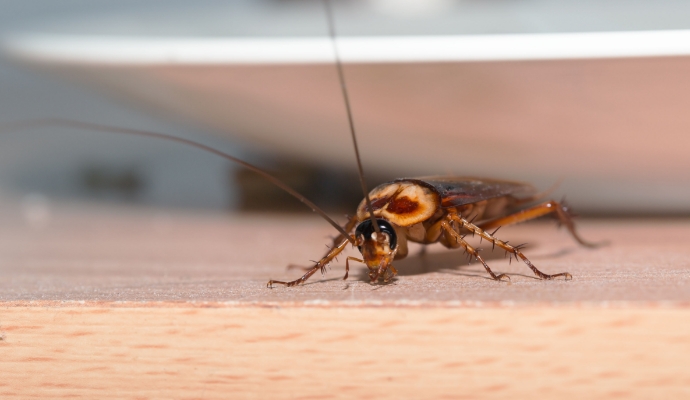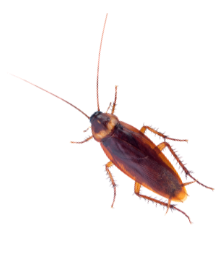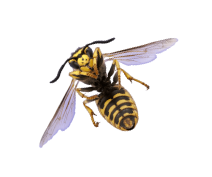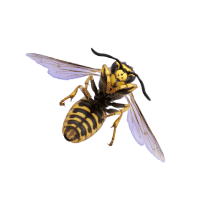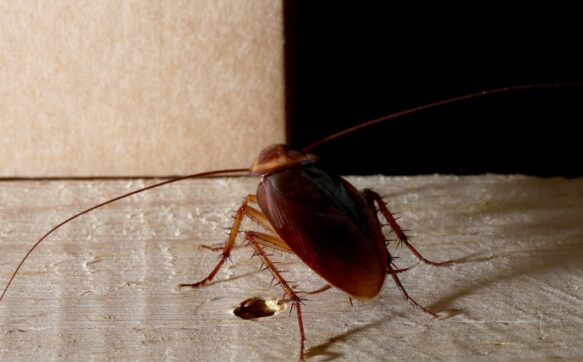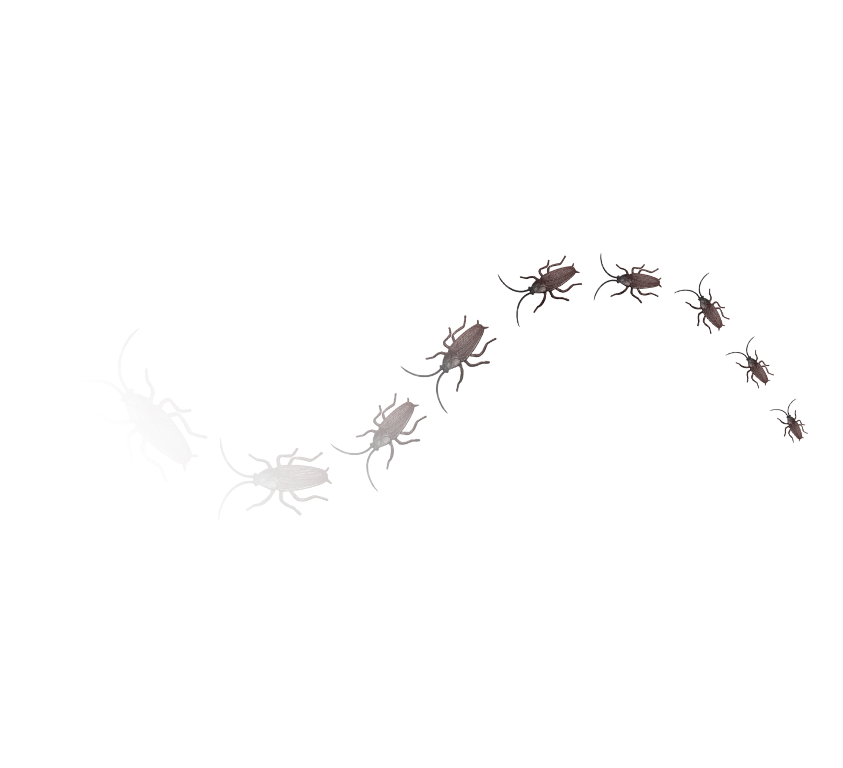
Their remarkable adaptability allows them to thrive in almost any environment, but they have a particular affinity for the warm, moist conditions commonly found in human dwellings. Beyond being a nuisance, cockroaches represent a significant health risk due to their ability to spread diseases, contaminate food, and trigger allergies and asthma.
Cockroaches possess an extraordinary ability to adapt to a wide range of environmental conditions. They can survive for several months without food and a month without water, contributing to their resilience in various settings. Moreover, cockroaches are rapid breeders; a single female can produce thousands of offspring in a year, exacerbating infestation problems.
The health implications of cockroach infestations are significant. These pests are carriers of various pathogens, including bacteria such as E. coli and Salmonella, which can contaminate food surfaces and lead to food poisoning. Additionally, cockroaches shed their skins and leave droppings that contain allergenic proteins known to trigger asthma and allergies, particularly in children.
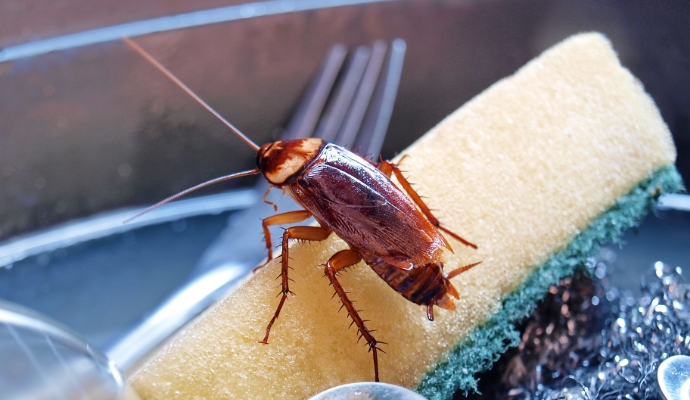
Identifying a cockroach infestation early is crucial for effective control. Key signs include:
Seeing Live or Dead Cockroaches: Cockroaches are nocturnal, so seeing them during the day may indicate a large population.
Droppings: Cockroach droppings resemble black pepper or coffee grounds and can be found in areas of high activity.
Egg Cases: Oval-shaped egg cases (oothecae) are often found in secluded areas, such as under furniture or inside cabinets.
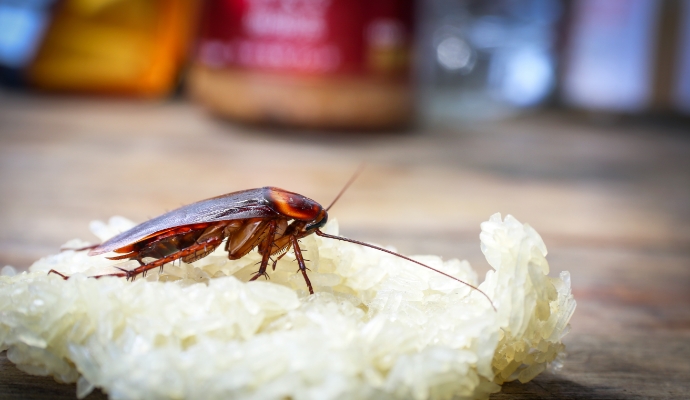
Effective management of cockroach populations requires a comprehensive IPM approach, which combines cultural, physical, and chemical methods:
Sanitation: Eliminate food and water sources by sealing food containers, fixing leaks, and regularly cleaning areas where food is prepared and consumed.
Exclusion: Seal cracks and crevices in walls, around windows, and pipes to prevent entry. Use door sweeps and repair screens to block other entry points.
Baits and Insecticides: Chemical controls should be used judiciously and as part of an overall IPM strategy. Gel baits and insect growth regulators (IGRs) can be effective in managing populations without spreading chemicals broadly across living spaces.

For severe infestations, professional pest control services are often necessary. Professionals can offer targeted treatment plans, using advanced techniques and products to eliminate cockroach populations effectively. They can also provide customized recommendations to prevent future infestations.
Prevention is key to long-term control of cockroach populations. Regular inspections, proper sanitation, and maintaining a dry environment can deter cockroaches from taking up residence. Awareness and education on cockroach behavior and prevention can empower residents and businesses to take proactive steps in managing these pervasive pests.
Understanding the resilience and health risks associated with cockroaches is essential for effective pest control. By adopting an integrated approach to management and being vigilant about prevention, it’s possible to reduce the risk and impact of cockroach infestations in urban environments.
